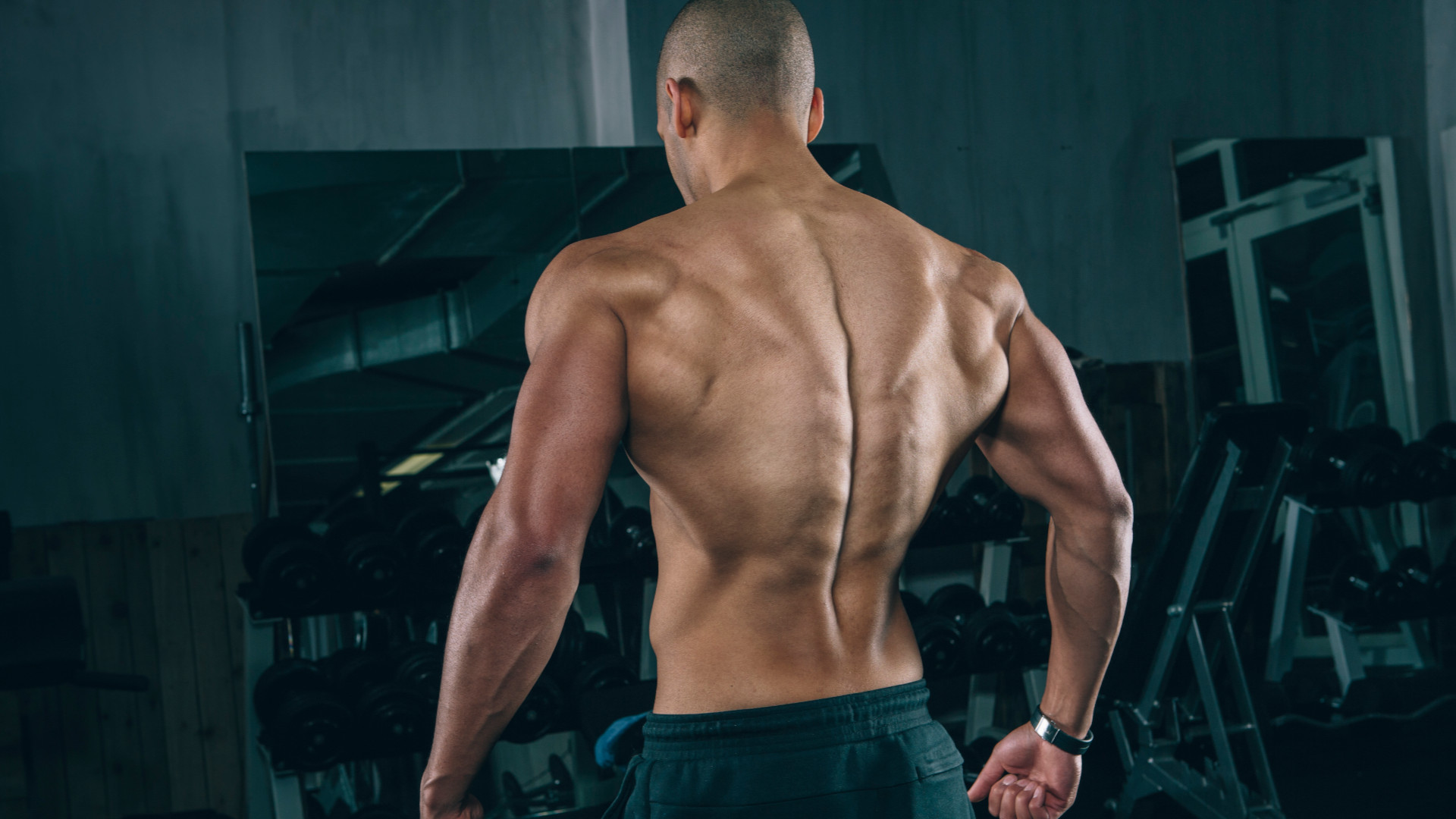

The Jefferson Curl may sound like an exercise that will blow up your biceps, but (sadly) it’s far from that. In fact, the Jefferson curl is more of a mobility exercise that strengthens the muscles of the lower back and core, as well as stretching the hamstrings, to help build a more resilient spine. That means better posture, improved stability, and less pain— and who doesn't want that?
The movement itself looks a little…odd, but it’s one that’s been popular with powerlifters and gymnasts for years. It almost resembles a very poorly executed Romanian Deadlift that requires you to stand on an elevated surface, whilst holding either a dumbbell or kettlebell, while slowly rounding your back towards the floor.
It’s not an exercise you’ll see most people giving a go in the gym, because excessively curving your spine can strike up a lot of fear. Especially when we’ve been told for years to ‘keep our backs straight’. However, spinal flexion forms part of our everyday movement, like bending down to pick something up, and shouldn't be feared.
“It’s a movement that most of us do day in and day out with little to no problems,” says Mirafit. “Like with any movement pattern, some people might be more prone to injury in this position, but it doesn’t mean that we should all stop doing it.”
Gede Foster, Director of Fitness and Performance at Fiit, the No.1 rated fitness app in the UK, is a particular fan of the Jefferson curl and writes in an Instagram post that it’s one of her favourite exercises when she gets a tight lower back.
“This is NOT about how much weight you can use,” Foster writes on her post. “You simply want a small external load to assist the stretch.” Keep the weight light, nail the form and these can
Fancy adding them into your warm-ups or cool-downs? Here’s how you do them.
Sign up to the T3 newsletter for smarter living straight to your inbox
Get all the latest news, reviews, deals and buying guides on gorgeous tech, home and active products from the T3 experts
How to perform the Jefferson Curl
To reiterate, the Jefferson curl should NOT be performed using a heavy weight as this could very well lead to an injury. Start with just your bodyweight then, once you feel comfortable with the movement, incorporate a light weight if you wish to. If you're someone who suffers with back injuries, then consult with a medical professional before giving these a go.
Foster suggests adding 5-10 reps at either the start of your workout in the warm-up, or during your cool-downs. Here's how you do them:
- Start by standing on a elevated surface (a step up box/plyo box/weight bench) with your feet hip-width apart and a light bend in the knees
- Holding the handle of a light kettlebell or dumbbell with both hands and your arms straight
- Tuck your chin in towards your chest and begin by rounding the top of your spine
- Continue to bend over, trying to focus on flexing each vertebrae at a time, as you flex your entire spine until the weight just hangs over the top of the box (you should feel a stretch in your hamstrings too)
- Hold here for a second then slowly move back up, focusing on one vertebrae at a time again, until you reach the start position

Bryony’s T3’s official ‘gym-bunny’ and Active Staff Writer, covering all things fitness. She recently completed her Level 3 PT qualification with the PFCA to bring a deeper understanding of training techniques, fitness trends, and wellness advice to her writing. In her spare time, you will find her in her natural habitat - the gym - where her style of training is a hybrid of bodybuilding and powerlifting. Bryony loves writing about accessible workouts, nutrition and testing innovative fitness products that help you reach your fitness goals and take your training to the next level.
-
 iPad reportedly getting major makeover and your current model could benefit too
iPad reportedly getting major makeover and your current model could benefit tooApple is said to be making a change that iPad power users have been wanting for years
By Carrie Marshall
-
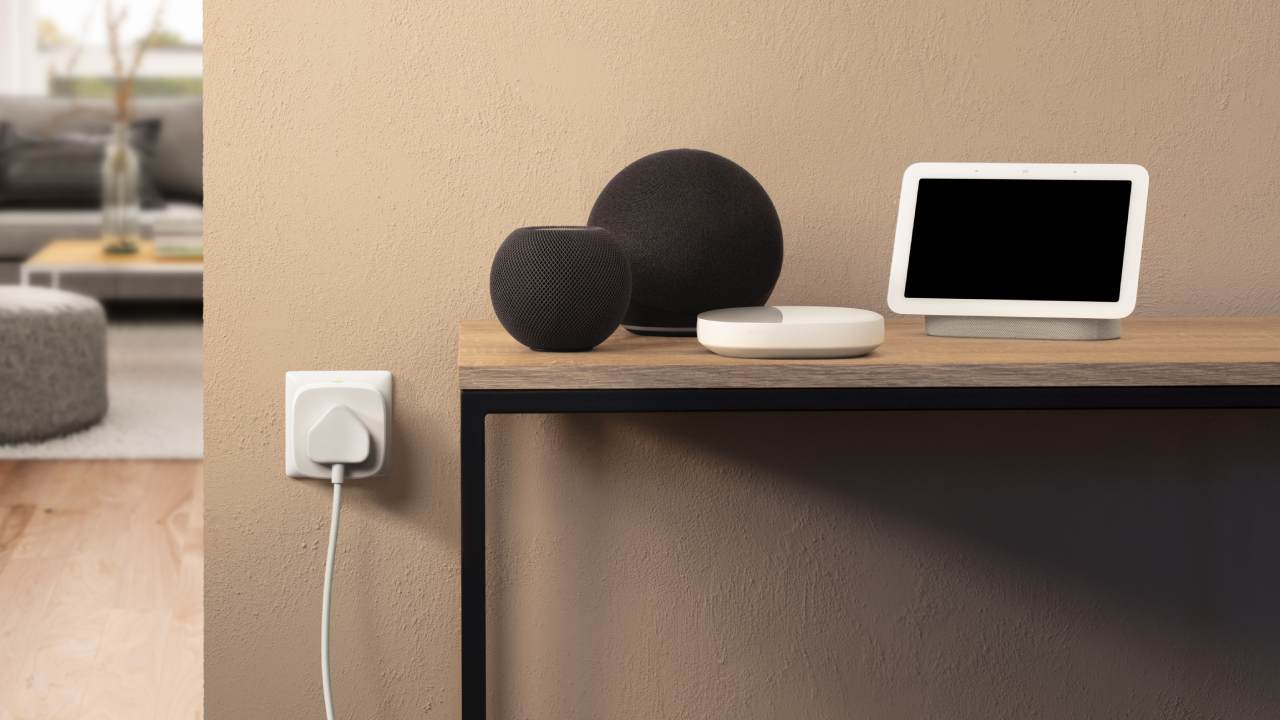 Eve’s smart plug gets impressive Matter upgrades – but I’m most excited about the app
Eve’s smart plug gets impressive Matter upgrades – but I’m most excited about the appEve Energy adds Matter support and an updated Android app
By Bethan Girdler-Maslen
-
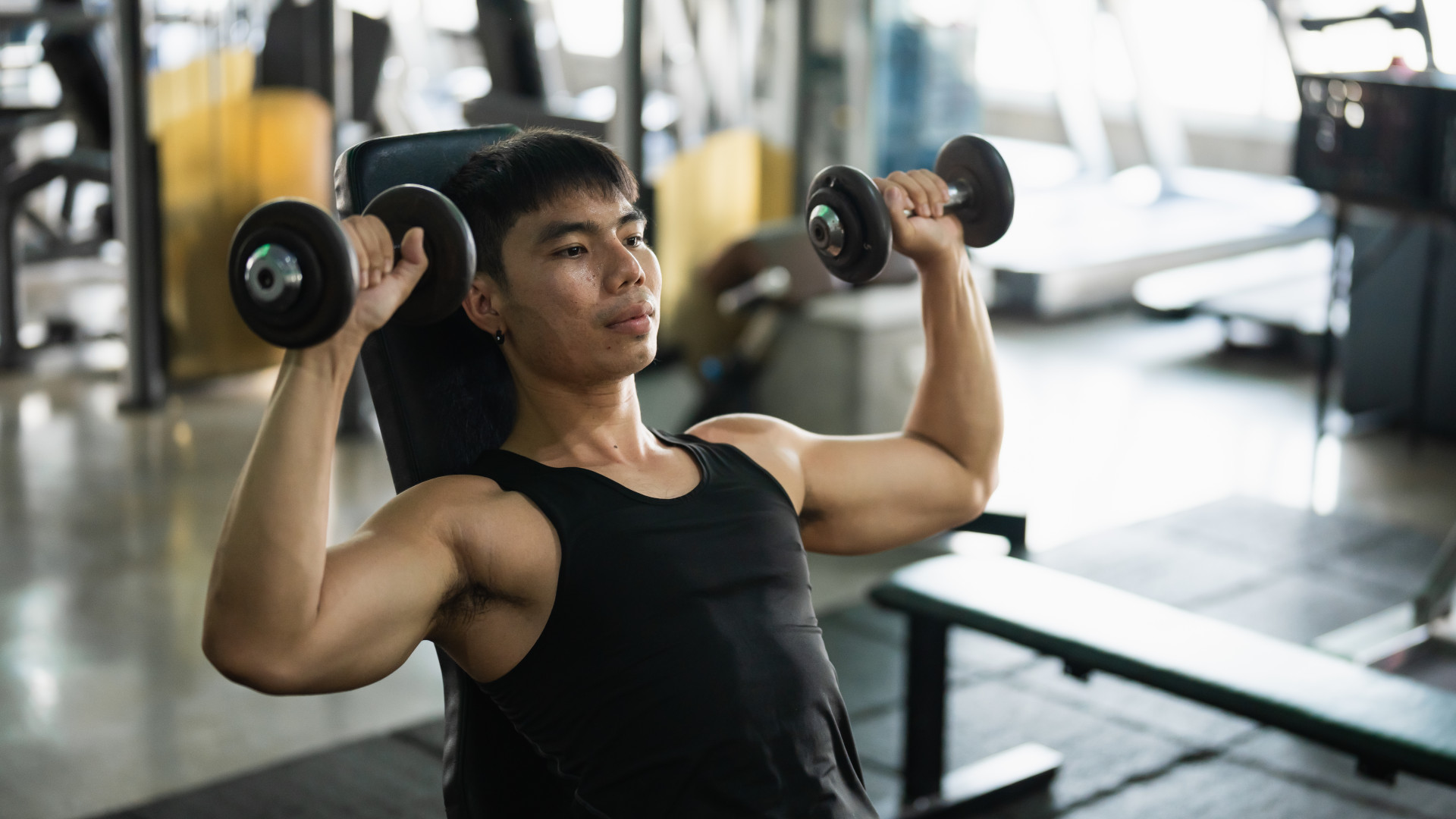 3 overrated shoulder exercises, according to a fitness expert (and what to do instead)
3 overrated shoulder exercises, according to a fitness expert (and what to do instead)Sculpt 3D shoulders whilst minimising injury with these three alternative exercises
By Bryony Firth-Bernard
-
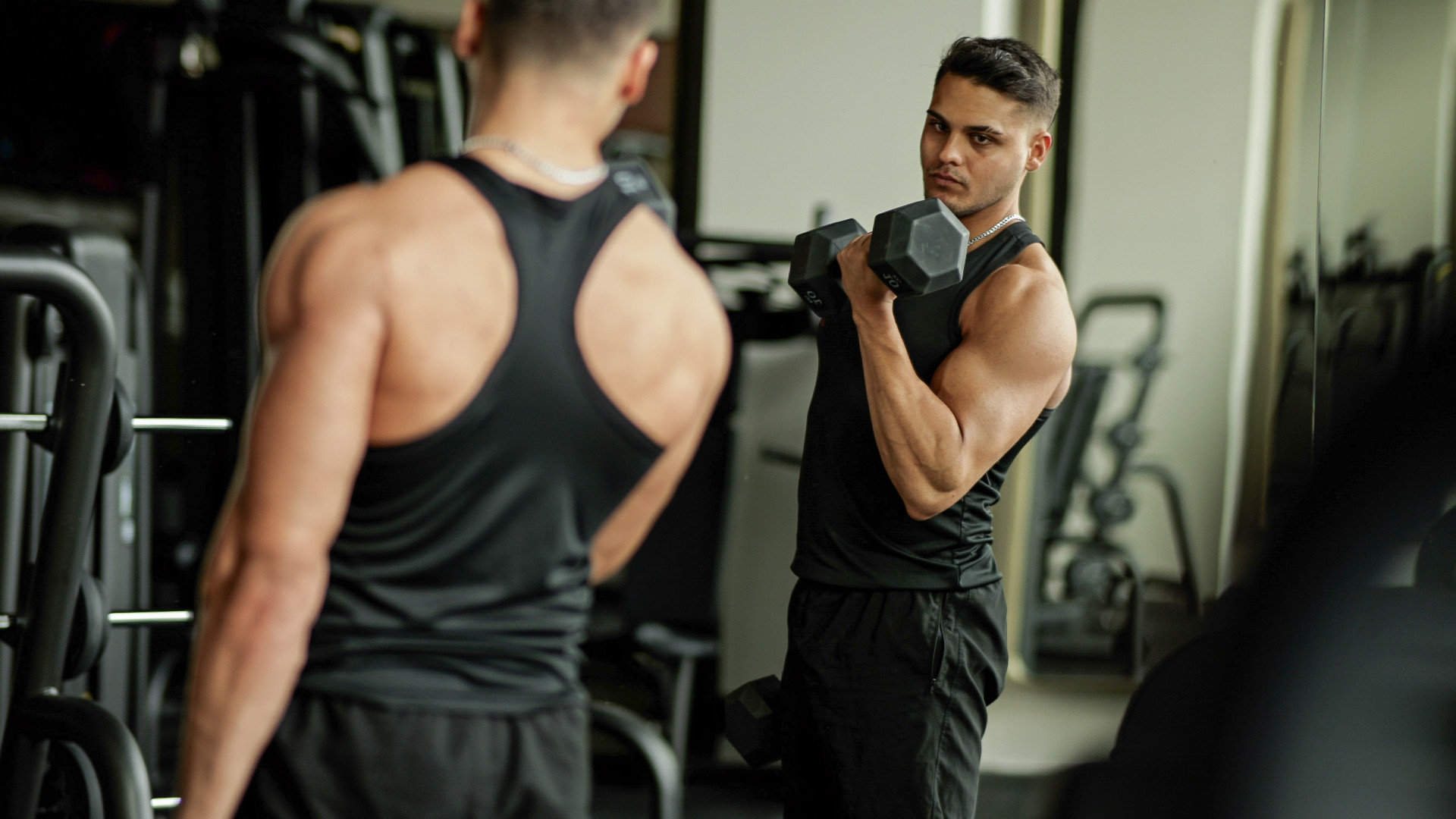 The best biceps exercise, according to science
The best biceps exercise, according to scienceHave you been training your biceps wrong this whole time?
By Lucy Miller
-
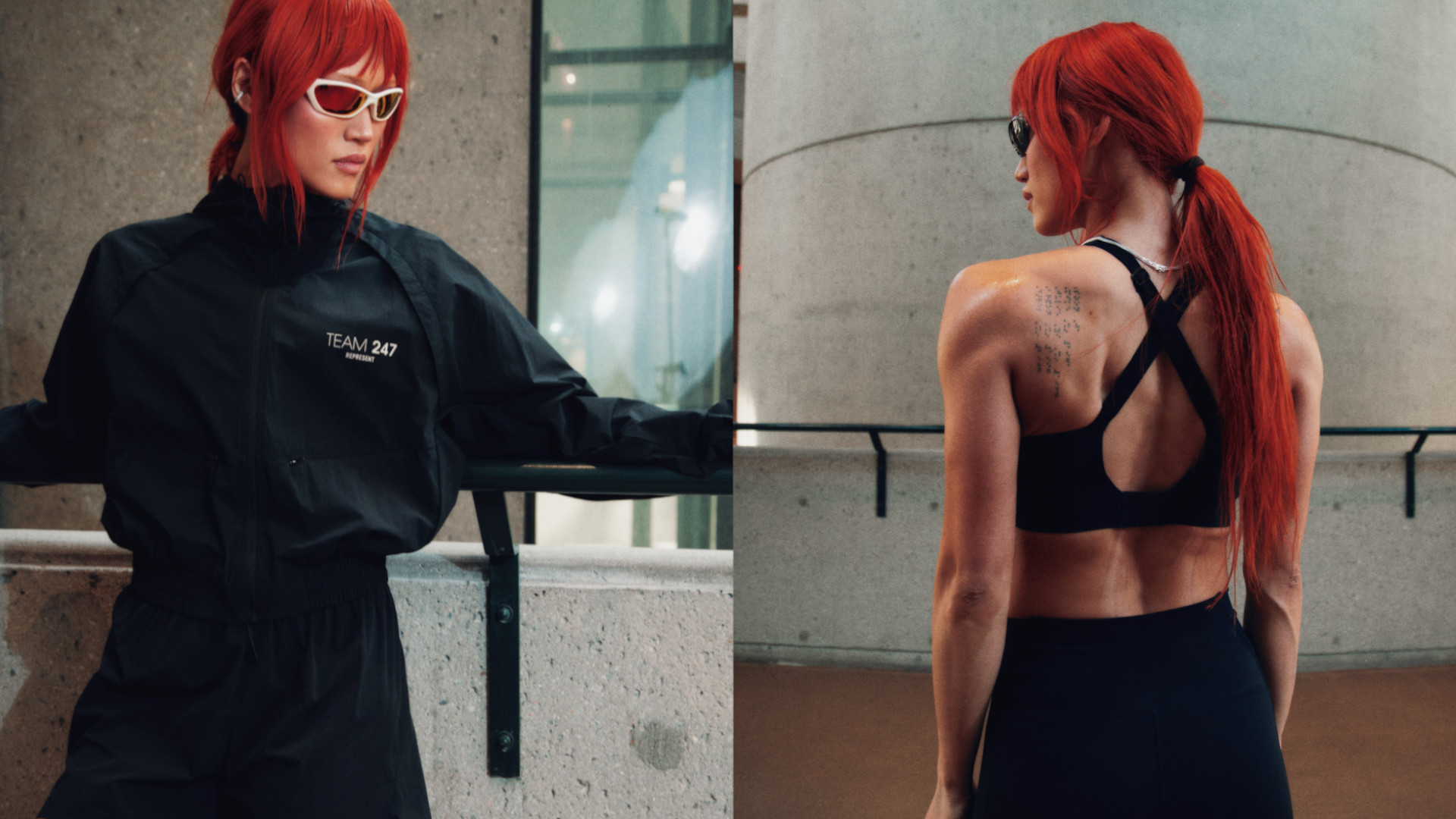 Finally! Represent 247 launches its first womenswear collection, taking you from street to gym in style
Finally! Represent 247 launches its first womenswear collection, taking you from street to gym in styleIt's about time guys
By Bryony Firth-Bernard
-
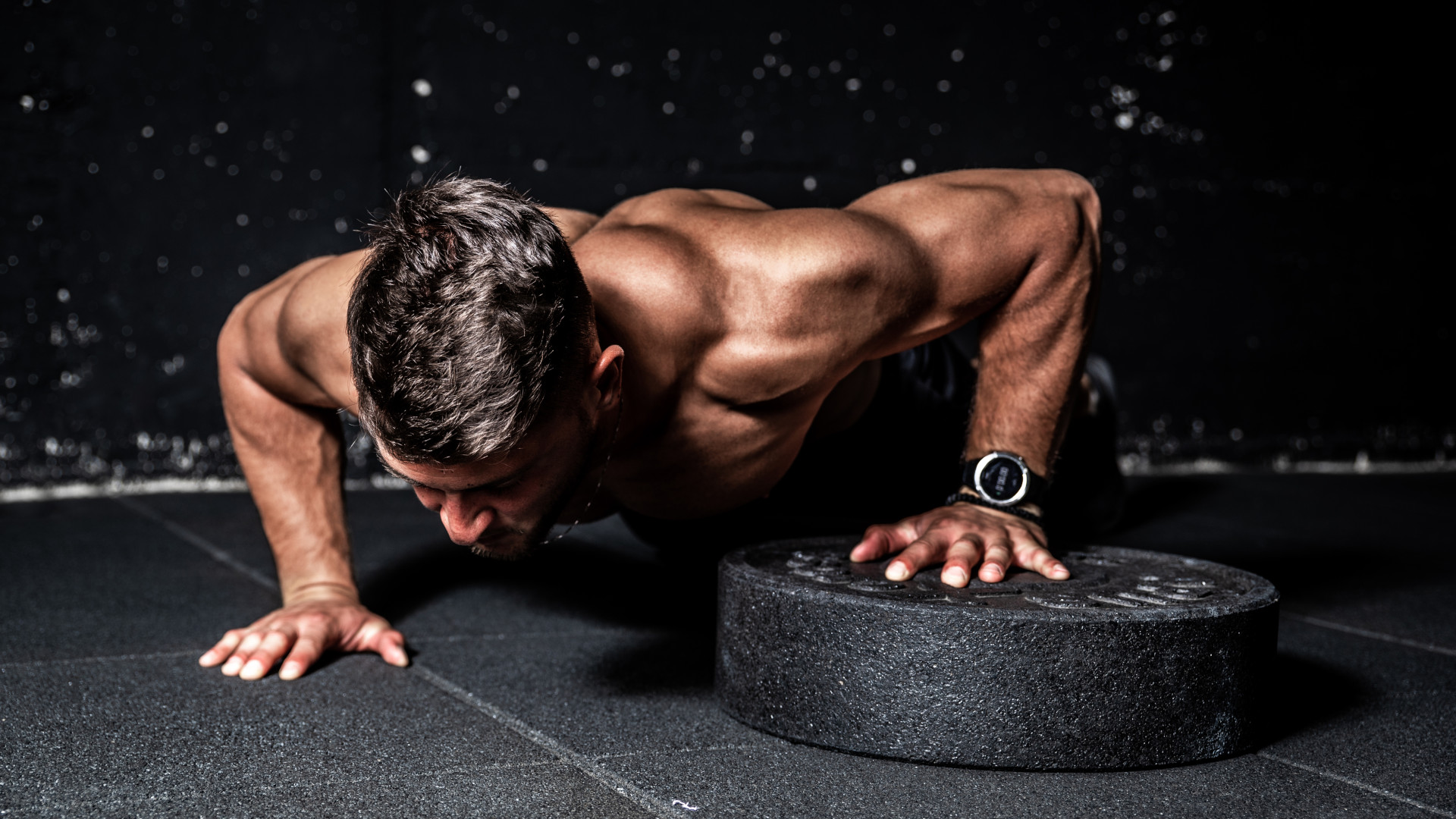 3 chest exercises you’re probably not doing to supersize your pecs
3 chest exercises you’re probably not doing to supersize your pecsA killer pec pump awaits
By Bryony Firth-Bernard
-
 When’s the best time to take creatine?
When’s the best time to take creatine?The science-backed supplement is a must for building strength and muscle, but is there an optimal time to take it?
By Bryony Firth-Bernard
-
 Three overrated core exercises and what you should do instead
Three overrated core exercises and what you should do insteadA fitness expert says these exercises aren’t all they’re cracked up to be
By Bryony Firth-Bernard
-
 I tried Olympic weightlifting for the first time – here are three things it's taught me
I tried Olympic weightlifting for the first time – here are three things it's taught meBeing strong simply won't cut it
By Bryony Firth-Bernard
-
 An exercise scientist ranks every ab exercise – and the worst one may surprise you
An exercise scientist ranks every ab exercise – and the worst one may surprise youFYI it’s not crunches or sit-ups
By Bryony Firth-Bernard
